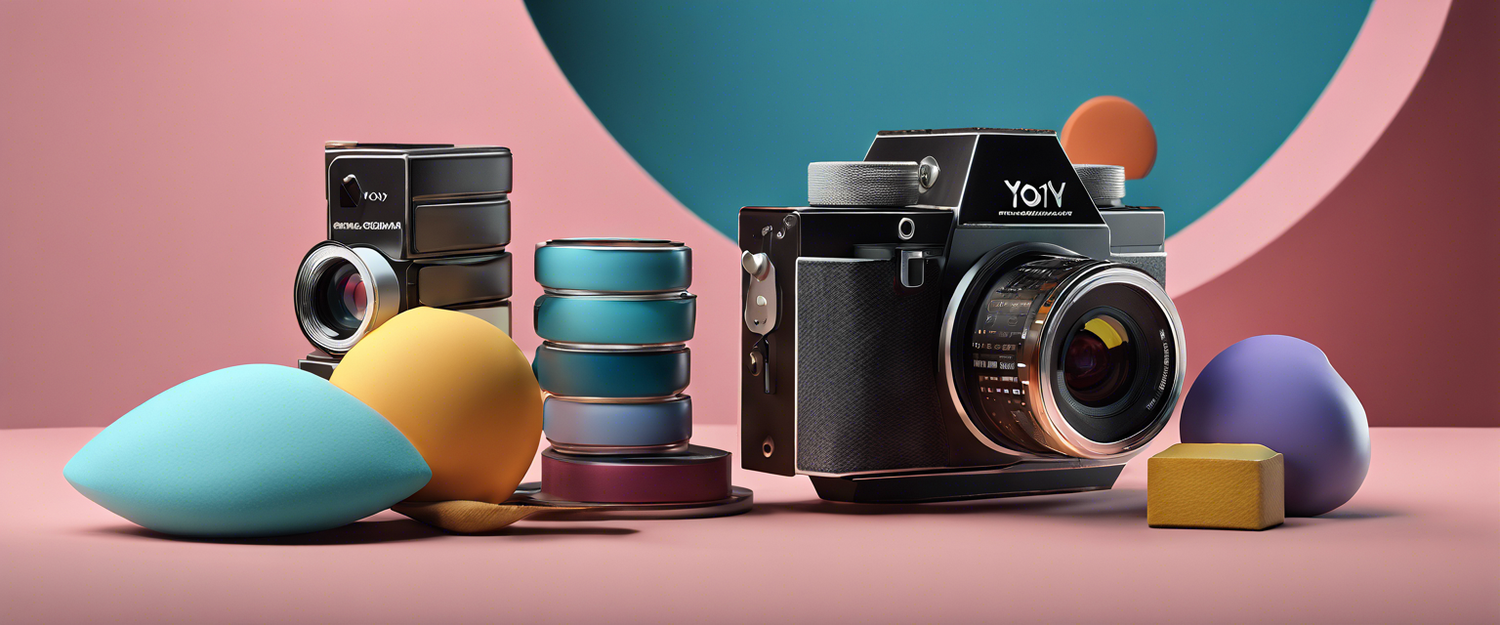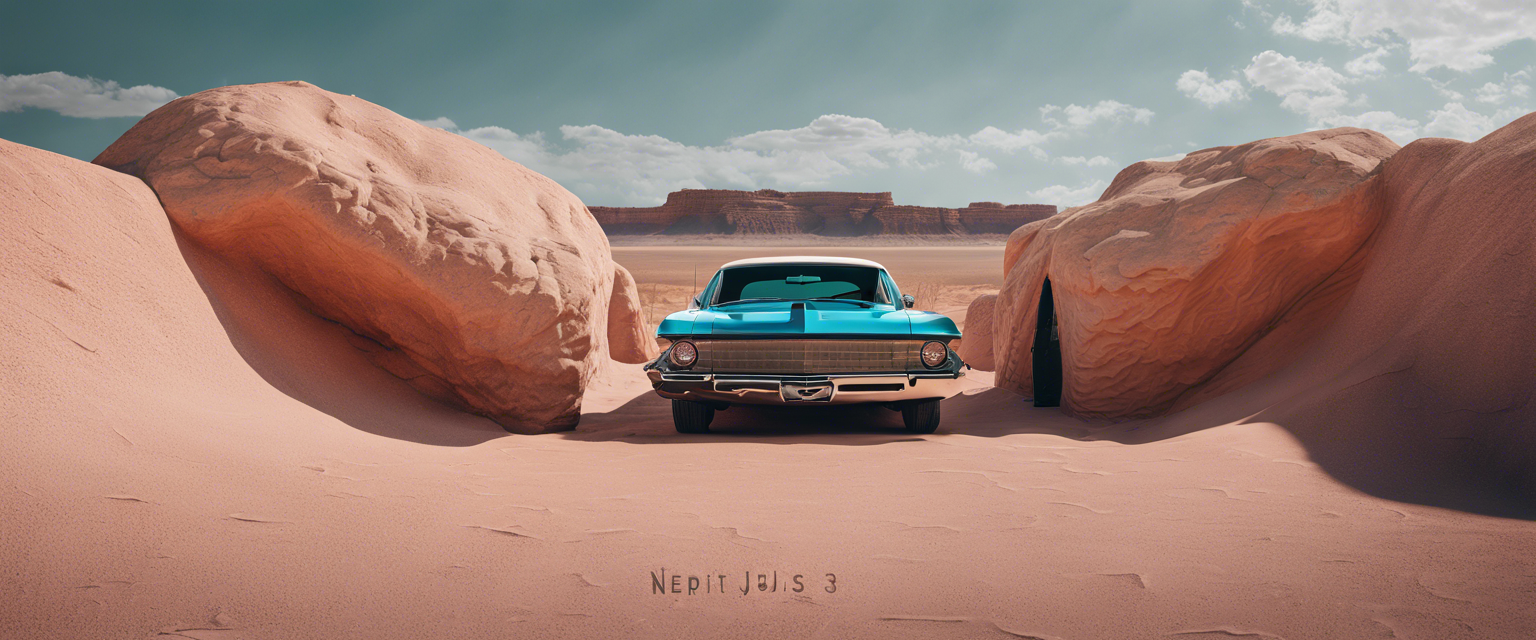Understanding the YOLOv7 Model: A Powerful Tool for Object Detection
YOLOv7 is an advanced object detection algorithm that has garnered significant attention due to its high-speed accuracy and innovative features. Operating with speeds ranging from 5 FPS to 160 FPS, it represents the forefront of real-time object detection technology.
Why Choose YOLOv7?
With an impressive average precision (AP) accuracy of 56.8% for real-time applications at 30 FPS or higher on GPUs like the V100, YOLOv7 outshines its competitors and previous iterations of the YOLO framework. It’s particularly optimized for GPU computing, making the YOLOv7-tiny variant an ideal choice for mobile devices and edge servers.
Key Features of YOLOv7
- Cost-Effective Training: One of the standout features of YOLOv7 is its ability to train effectively on small datasets, eliminating the necessity of pre-trained weights.
- Community Recognition: The official paper, "YOLOv7: Trainable Bag-of-Freebies Sets New State-of-the-Art for Real-Time Object Detectors", published in July 2022, has received over 4.3k stars on GitHub within a month of its release, highlighting the model's popularity.
Getting Started with YOLOv7
By the end of this guide, you will learn how to retrain the YOLOv7 model with a custom dataset and perform simple predictions on your own images.
Step 1: Upload Your Dataset
Your first task is to upload your dataset to Google Drive. This guide uses the BCCD Dataset from the Roboflow website, but you can utilize any dataset in YOLO-compatible format.
Make sure to include the correct path to your data folders in the configuration file. For instance, a simple data.yaml file might look as follows:
path: ../path/to/data
train: train/images
val: val/images
Step 2: Create a Notebook
Next, go to Google Colab to create a new notebook. To enhance training speed, change the runtime type to GPU by navigating to the 'Runtime' tab and selecting 'Change runtime type' with 'GPU' as the hardware accelerator.
Step 3: Code Preparation
Now, let’s connect Google Drive, clone the YOLOv7 repository, and install necessary dependencies:
from google.colab import drive
dr = drive.mount('/content/drive')
!git clone https://github.com/WongKinYiu/yolov7.git
%cd yolov7
!pip install -r requirements.txt
Download the YOLOv7 Model:
For this tutorial, we’ll download the YOLOv7-tiny model. You can find various models in the repository.
Step 4: Train Your Model!
Once the model is set up, you can begin training. Adjust parameters as necessary, and ensure to keep the model and data path consistent throughout the documentation.
!python train.py --img 640 --batch 16 --epochs 50 --data data.yaml --weights yolov7-tiny.pt
Step 5: Testing Predictions
After training, you can perform predictions using an image from the validation set. Simply change the path in the --source argument to test different images:
!python detect.py --weights runs/train/exp/weights/best.pt --img 640 --conf 0.25 --source valid/images
Monitoring the Training Process
The model will provide real-time metrics throughout the training process. You can integrate an experiment tracking tool like Weights & Biases (W&B) for detailed reports.
Conclusion: Embrace the Power of YOLOv7
With enhanced capabilities and user-friendliness, YOLOv7 is a frontrunner for developing and deploying object detection applications efficiently. As the community evolves, look forward to more innovating models and applications.
Why not apply your newly acquired YOLOv7 knowledge by building your own AI application? Stay tuned for additional tutorials that will further your understanding and skills in this exciting field!



Leave a comment
All comments are moderated before being published.
Trang web này được bảo vệ bằng hCaptcha. Ngoài ra, cũng áp dụng Chính sách quyền riêng tư và Điều khoản dịch vụ của hCaptcha.